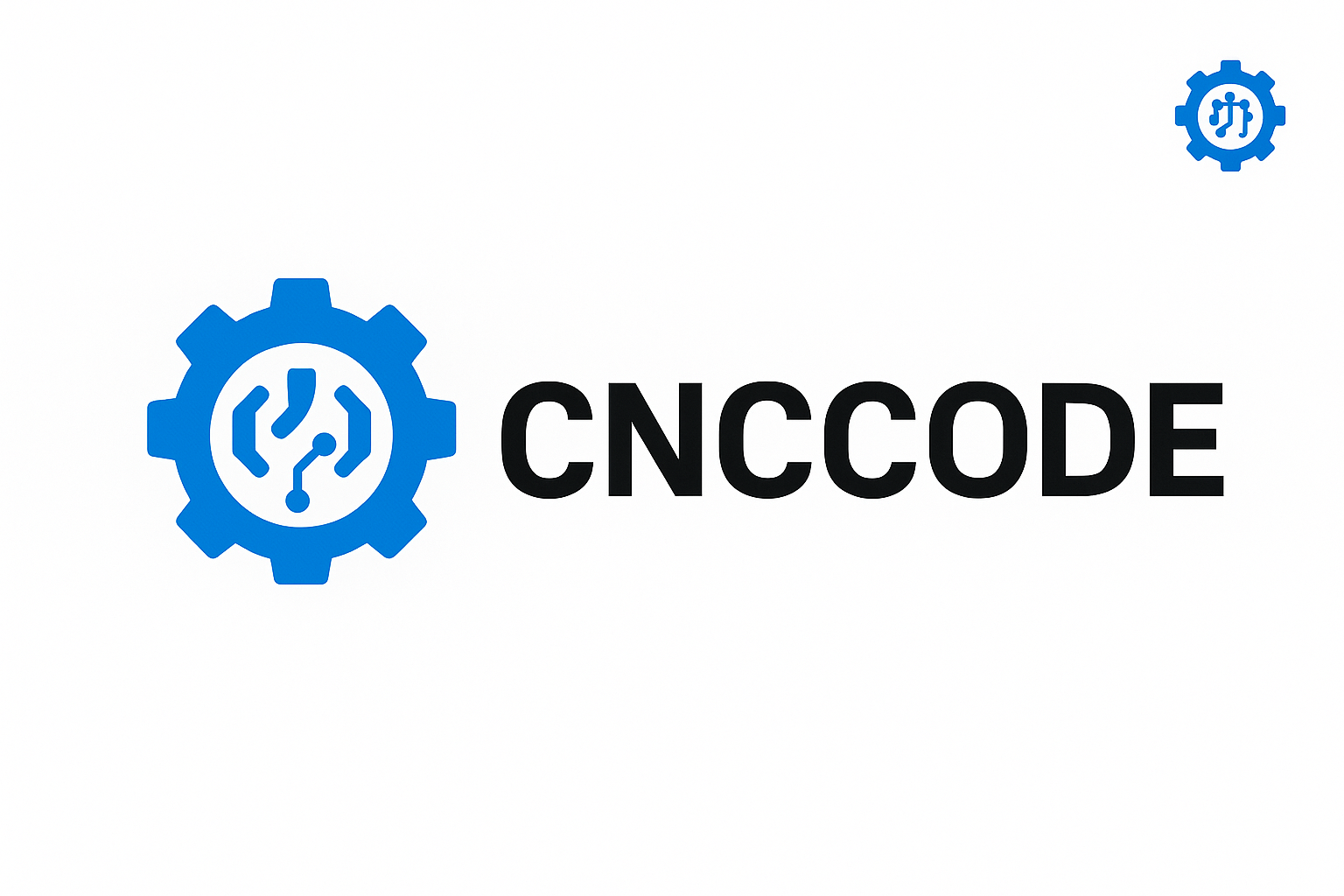CNC technology unlocks a wide range of projects. Here are inspiring ideas and planning steps:
-
Project examples: Intricate wooden signs and decorative panels (using 3D relief carvings), custom engraved coasters or plaques, precision machined metal parts (like camera mounts or gears), prototype enclosures (using layered materials), artistic sculptures (combining milling and 3D-printed parts), and electronics housings (for Raspberry Pi or Arduino projects). Hobbyists also build custom furniture pieces with CNC-cut joinery, or electronic projects like laser-cut PCBs. The sky’s the limit when you merge creativity with CNC’s precision.
-
Design and planning steps:
-
Conceptualize: Start with a clear design goal. Sketch or CAD-model the part. Include dimensions, tolerances, and material properties.
-
Material selection: Choose materials that match your design – e.g., hardwood or acrylic for decoration, aluminum for durable mechanical parts, or foam for molds. Ensure your CNC can handle the chosen material (thickness, hardness).
-
CAM and toolpaths: Import your CAD into CAM software and define toolpaths. Decide on cutting strategies (roughing vs. finishing passes) and tools (end mills for pockets, ball-nose for curves, etc.). Verify feed/speeds for the material and tooling.
-
Fixturing: Plan how you’ll hold the part on the machine. For example, use double-sided tape or clamps for wood, or a vise for metals. Consider if a sacrificial spoilboard or tabs are needed to keep the part from moving or falling out.
-
Test and iterate: If the design is complex, it’s wise to mill a smaller test piece or a portion of the part first. Check dimensions and fit, then refine your CAM code before full production.
-
-
Documentation and sharing: Keep notes of your parameters and lessons learned. Documenting your project (with photos or video) is useful for future reference or sharing on CNC forums. Many CNC hobbyists publish step-by-step build logs or tutorials, which can inspire others and improve your own skills.
By starting with a clear plan and gradually refining your process, you can successfully execute creative CNC projects. Whether you’re building a simple box or a complex machine, thorough planning ensures smooth fabrication and satisfying results.
